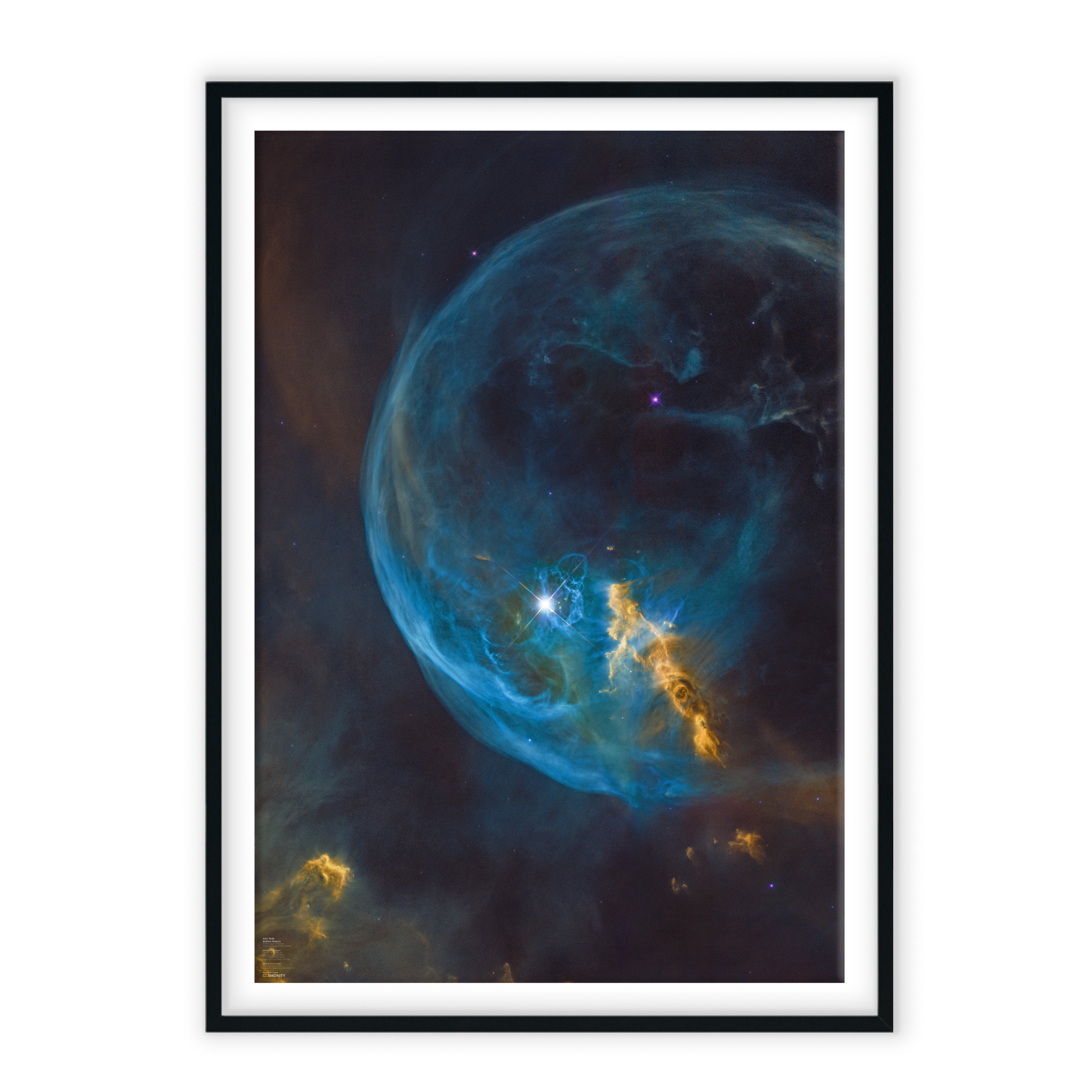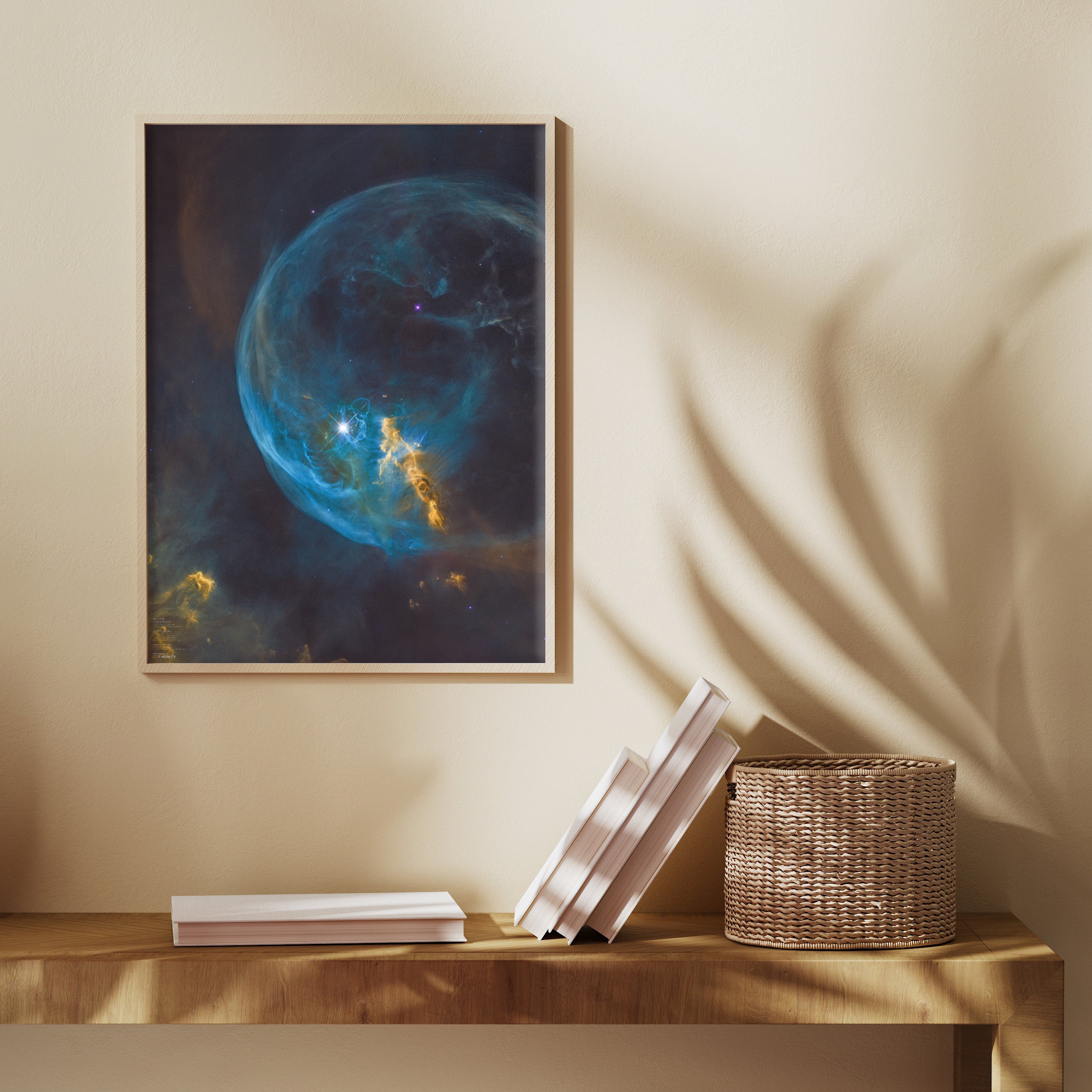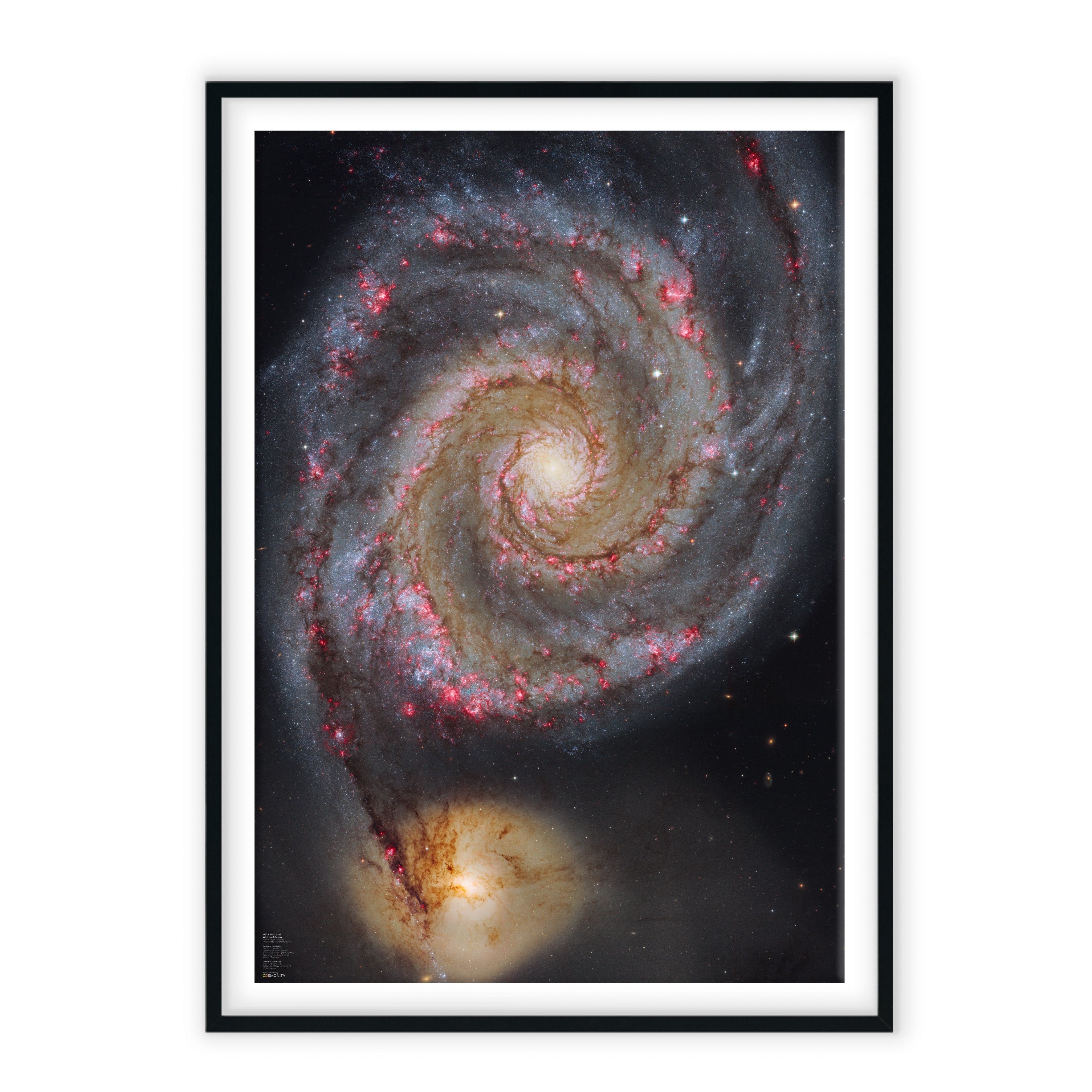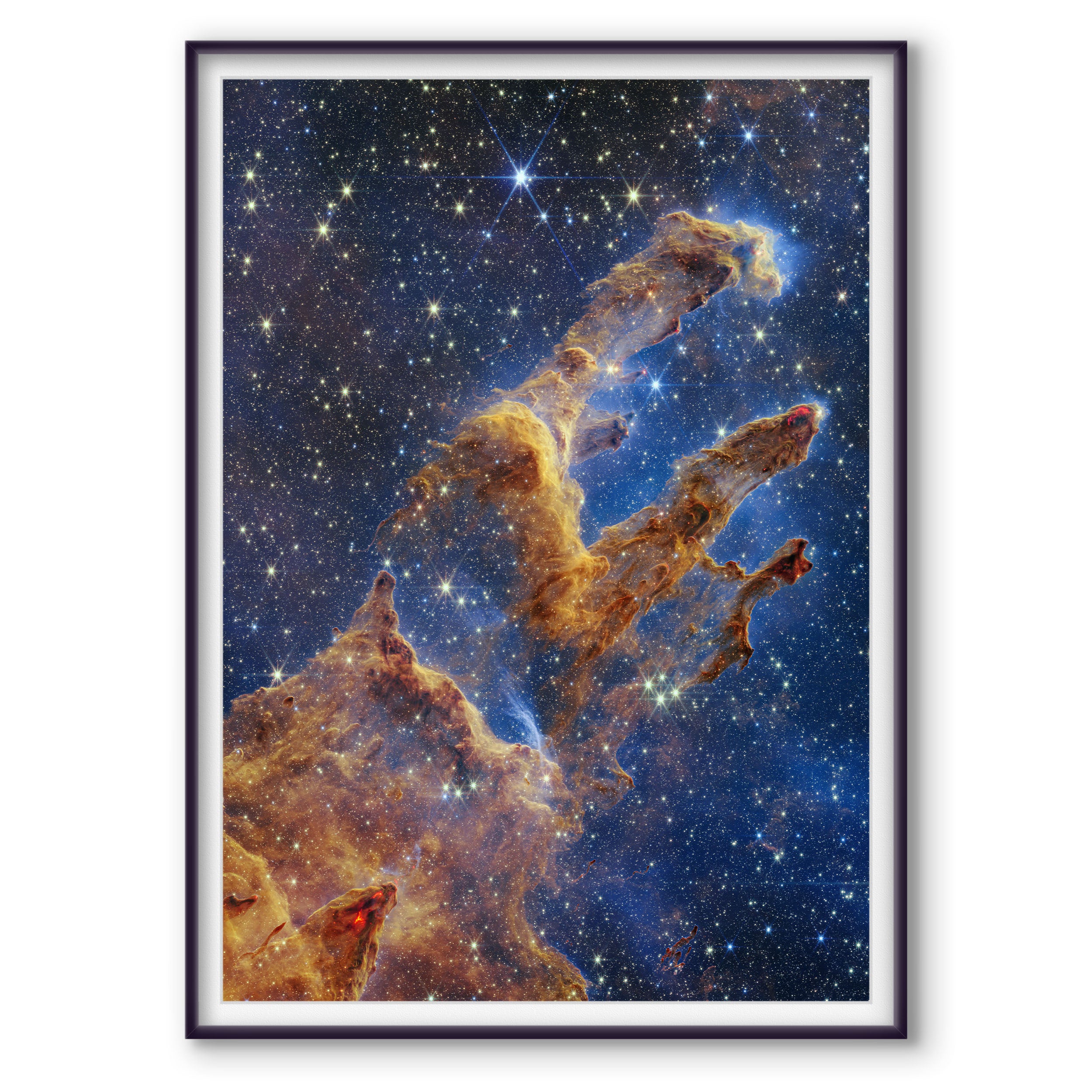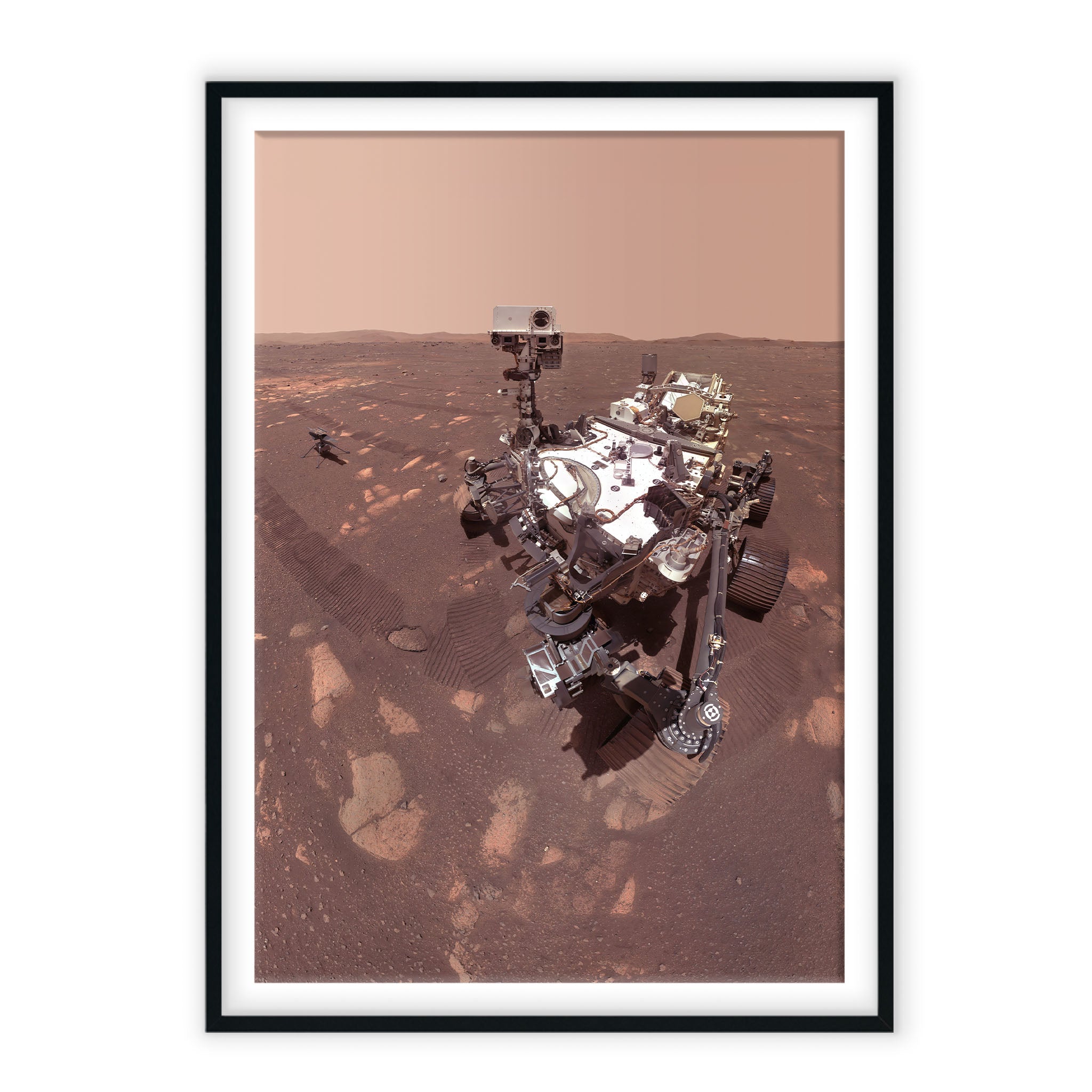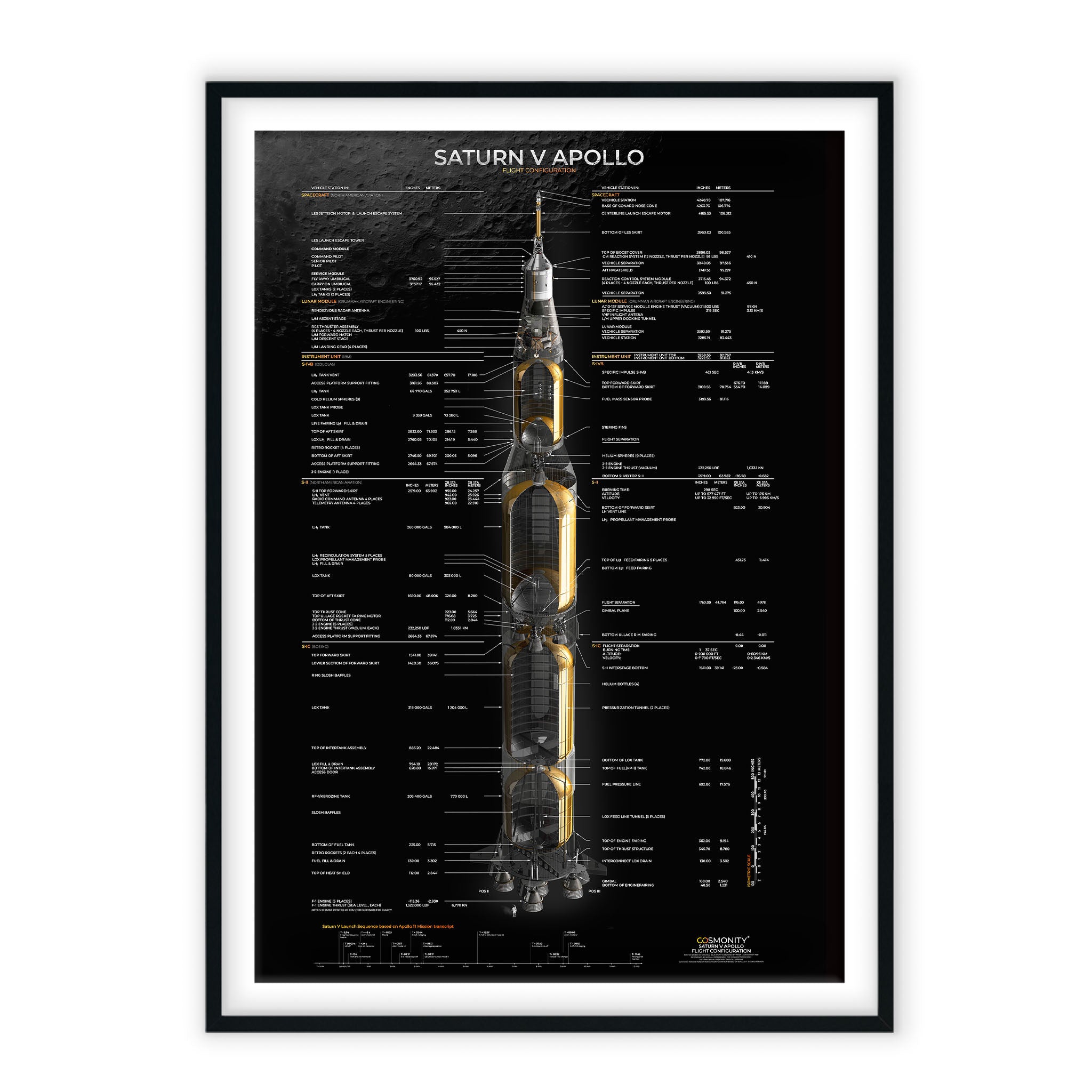The Bubble Nebula was discovered in 1787 by William Herschel, a prominent British astronomer. It is being formed by an extremely bright, massive, and short-lived star that has lost most of its outer hydrogen and is now fusing helium into heavier elements. The star is about 4 million years old, and in 10 million to 20 million years, it will likely detonate as a supernova. The Bubble Nebula is 7 light-years across – about one-and-a-half times the distance from our sun to its nearest stellar neighbor, Alpha Centauri – and it is 7,100 light-years from Earth in the constellation Cassiopeia.
The seething star forming this nebula is 45 times more massive than our sun. Gas on the star gets so hot that it escapes away into space as a stellar wind moving at over 4 million miles per hour. This outflow sweeps up the cold, interstellar gas in front of it, forming the outer edge of the bubble much like a snowplow piles up snow in front of it as it moves forward.
The Image was reprocessed from the raw (Fits data) by the astrophotographer and founder of Cosmonity® Michał Ostaszewski. The Image was created from recombining 3 narrowband(black&white) images responsible for the emission of very common elements in space - oxygen III and its emission line 502nm as the blue channel, 656nm emission line of the hydrogen-alpha as the green channel and 658nm - nitrogen II as the red channel. This technic allows to get a colorful and saturated image and gives the scientists knowledge about how atoms are located in space.
Data Credits: NASA, ESA
Image Processing: Michał Ostaszewski










